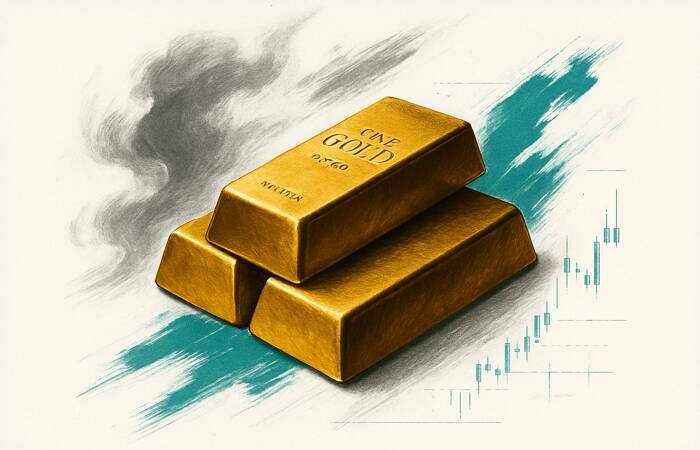What Could Possibly Stop This Gold Rally? Drivers and Headwinds Behind 2025’s Record Surge

The gold price cannot rise without corrections. Pullbacks are a healthy sign and necessary to sustain bullish momentum. If gold continues to surge without pausing, it often leads to a top followed by a prolonged consolidation to absorb the gains.
One example can be seen in the chart above, where the RSI reached around the 85 level in February 2008, resulting in a sharp drop in gold during the financial crisis of 2008. The price then rebounded and surged to a major peak in 2011.
Based on the above discussion, it is clear that the gold market may face a correction from current levels, and such pullbacks should be viewed as buying opportunities for long-term investors.
How Seasonality Shapes Gold’s Year-End Moves?
Gold follows seasonal patterns that often repeat over decades. These patterns help identify likely inflecion points and guide strategies based on historical behaviour. The current rally aligns with seasonal strength and long-term bullish cycles.
Historically, gold performs well from late Q3 through Q1 of the following year. This seasonal trend aligns with rising physical demand from India and China during their festival and wedding seasons. In addition, central banks often accumulate reserves before year-end to strengthen their balance sheets.
Over the past 20 years, gold has often posted strong gains between September and February. However, events like the 2008 financial crisis and the COVID-19 shock in 2019 temporarily disrupted this seasonal pattern.
The chart below shows the seasonal trend over the last 10 years, highlighting that January, April, and December have consistently been positive months, where gold prices closed higher than their opening levels. October also shows a moderately bullish tendency, with a 60% probability of a positive close.




